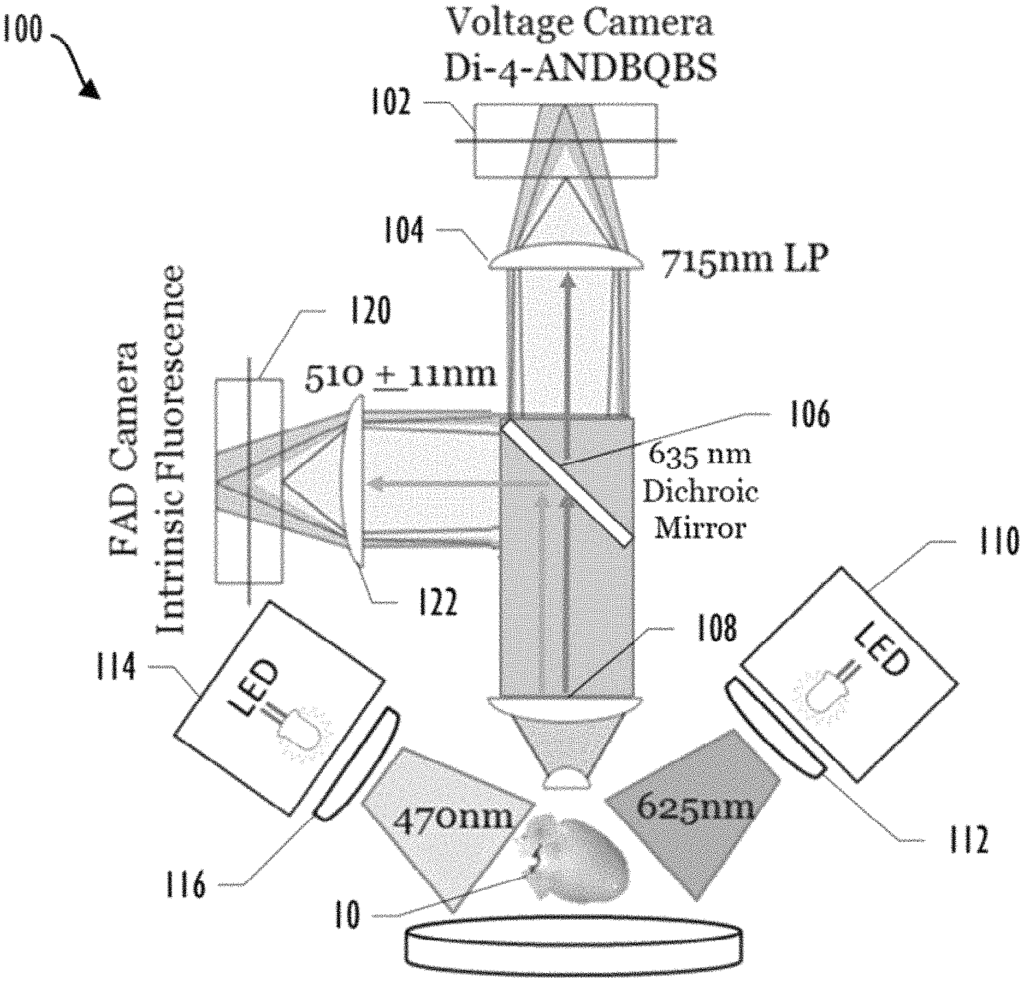Revolutionizing Cardiac Care with Fast, Non-Invasive Heart Mapping
Introduction
In the complex world of cardiac care, time, accuracy, and patient safety are paramount. Detecting arrhythmias, electrical disturbances, and other cardiac issues often requires intricate mapping of the heart’s electrical activity. Our breakthrough method provides a faster, more efficient, and label-free way to map cardiac physiology—delivering the precision clinicians need without the drawbacks of traditional methods.
The Challenge
Cardiac mapping is traditionally a time-consuming, invasive process, requiring the use of dyes, electrodes, or multiple invasive tools to gather data. These methods can introduce delays, risks to patient safety, and added costs. Clinicians need a solution that balances speed with accuracy, all while minimizing the invasiveness of the procedure. That’s where our innovation comes in.
The Solution
Our fast, label-free method for cardiac mapping transforms how heart functions are studied and diagnosed. By eliminating the need for labels or dyes, this technology offers a non-invasive alternative that doesn’t sacrifice precision. The result is real-time data on the heart’s electrical activity, enabling faster diagnoses and treatment planning.
Why This Matters
- Speed and Efficiency: Time is crucial when diagnosing and treating cardiac conditions. This method offers rapid results, helping clinicians make informed decisions faster, which is especially critical in emergency settings or during procedures requiring real-time mapping.
- Non-Invasive: Without the need for dyes or invasive probes, this technology reduces patient discomfort, risk, and recovery time. It offers a safer alternative to existing methods, making it ideal for a broader range of patients, including those who may be more vulnerable to invasive procedures.
- High Precision, Lower Costs: The accuracy of this mapping technology is on par with traditional techniques, but it achieves this without the additional costs and risks associated with invasive procedures. This makes it not only a medical breakthrough but also a cost-effective solution for healthcare providers.
Why License This Technology?
By licensing this technology, you’re not just adopting a new tool—you’re offering a revolutionary solution that can set your cardiac care services apart from competitors. This innovation opens doors to faster, safer, and more precise diagnostics, making it an invaluable asset in any clinical setting.
The Opportunity
In an industry where patient outcomes and procedural efficiency are critical, this label-free cardiac mapping technology represents the next frontier of heart care. License this technology today and lead the way in transforming how cardiac diagnostics are performed—providing patients with the care they need faster and more safely than ever before.

- Abstract
- Claims
The invention claimed is:
1. A system for mapping metabolic waves of a heart, comprising:
7. A system for mapping metabolic waves of a heart, comprising:
13. A method for mapping metabolic waves of a heart, comprising:
Share
Title
Fast label-free method for mapping cardiac physiology
Inventor(s)
Jaclyn BRENNAN, Igor R. Efimov
Assignee(s)
George Washington University
Patent #
11571128
Patent Date
February 7, 2023
